A new 1.4GW interconnector will switch on this week between the UK and Norway, allowing the two countries to maximise their use of renewables by effectively pooling the resource they can draw on while keeping their grids balanced.
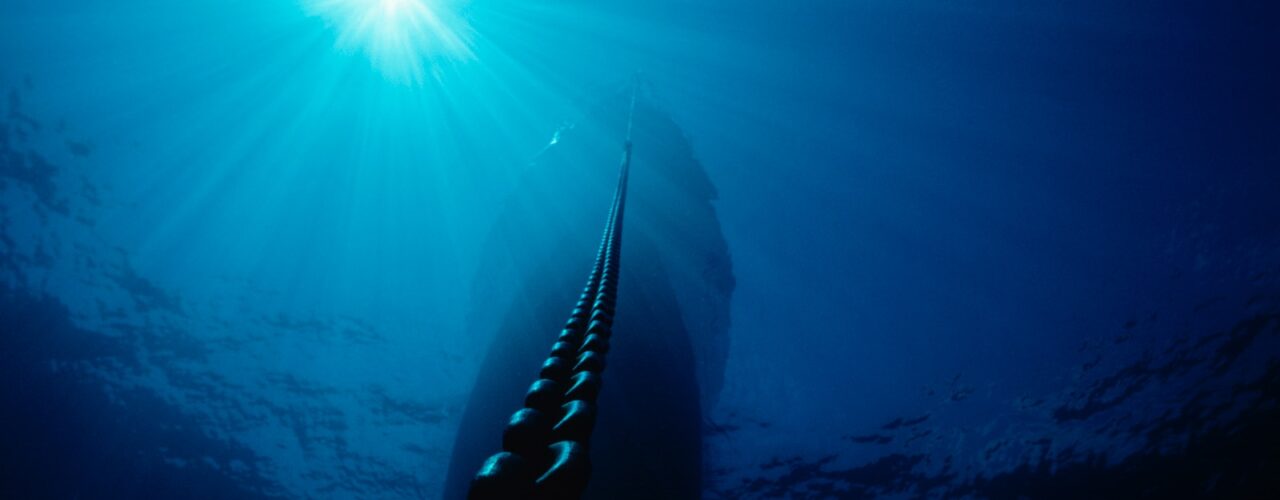
So what
1.4GW is a significant amount of energy, about the capacity of a nuclear reactor. In the absence of large scale storage, the cable will help make sure that excess power from renewables can be used. So for example, on windy days when the UK has excess power from offshore wind, the cable will allow it to export power to Norway. On calmer days the UK can import electricity from Norwegian hydropower. The success of this project could lead to bigger interconnector projects in future — including prospects such as the Sun Cable between Australia and Singapore.

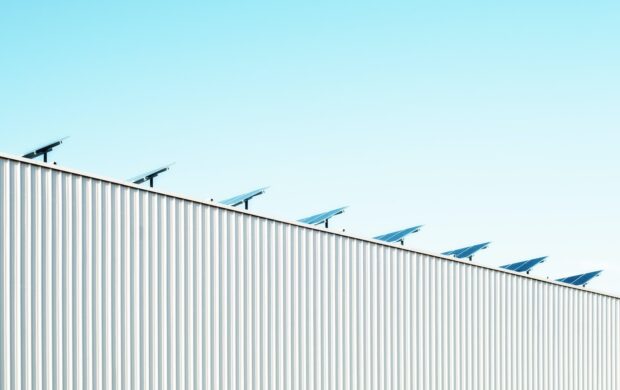
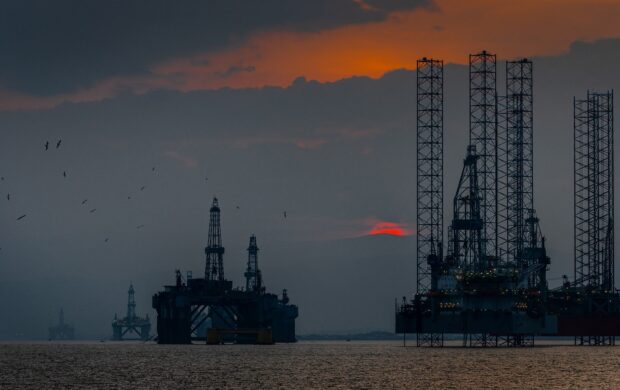
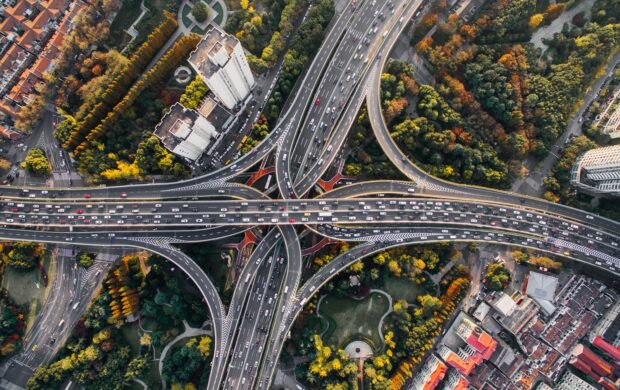
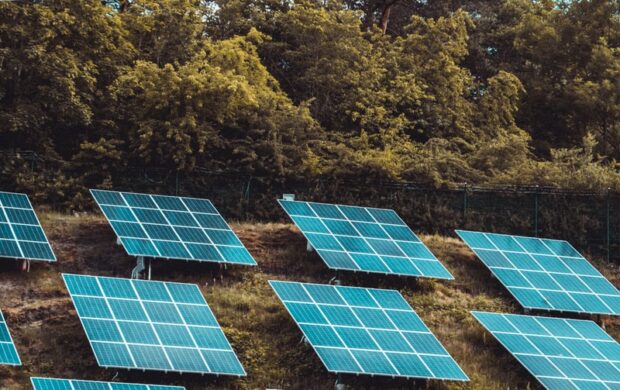
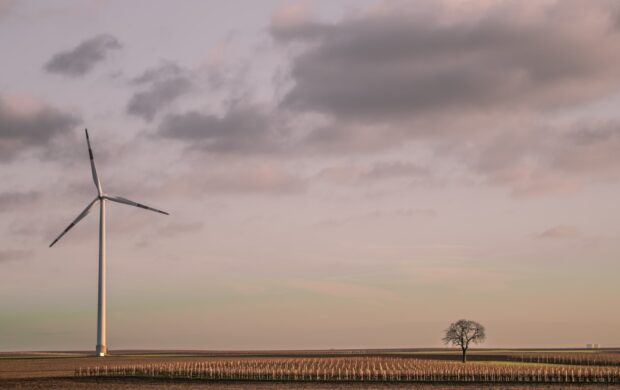



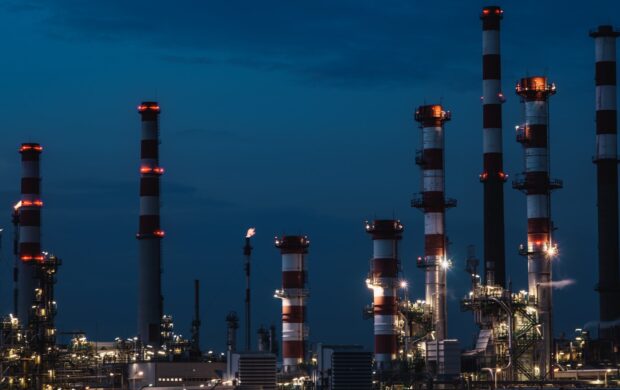
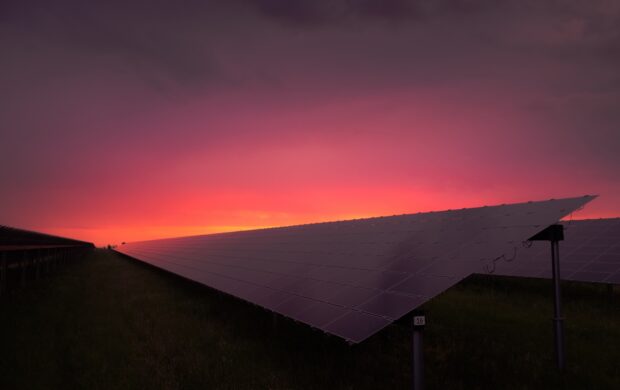
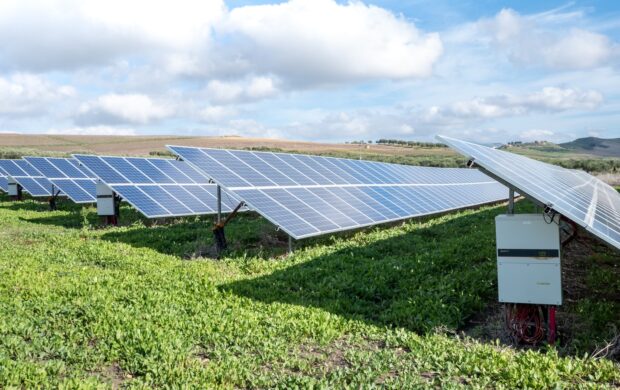
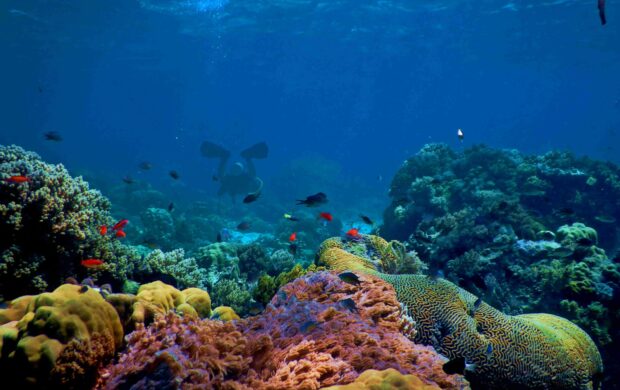
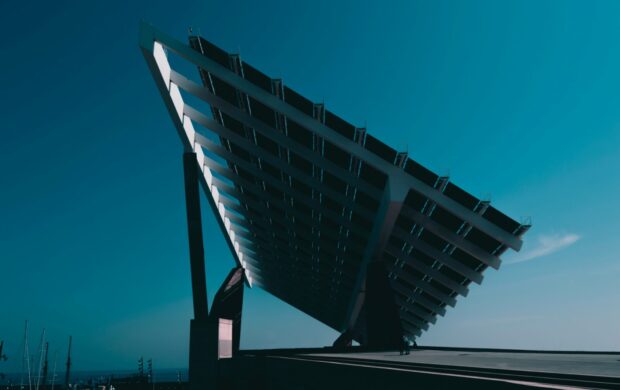


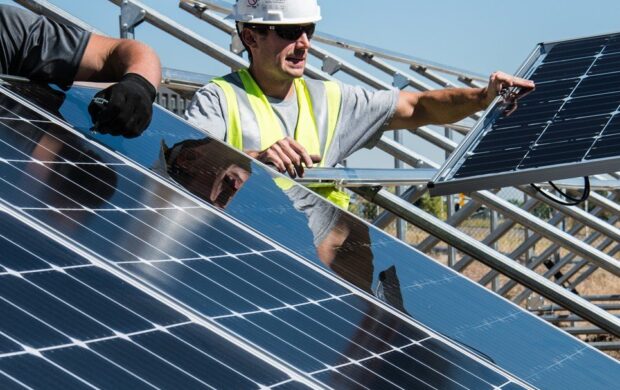
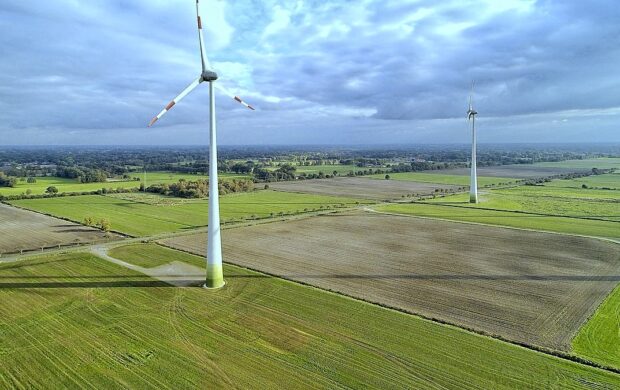

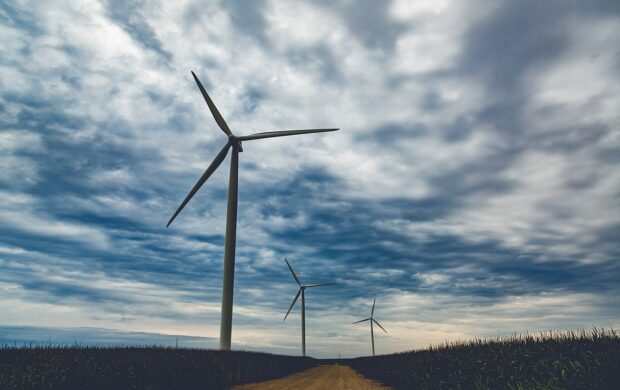
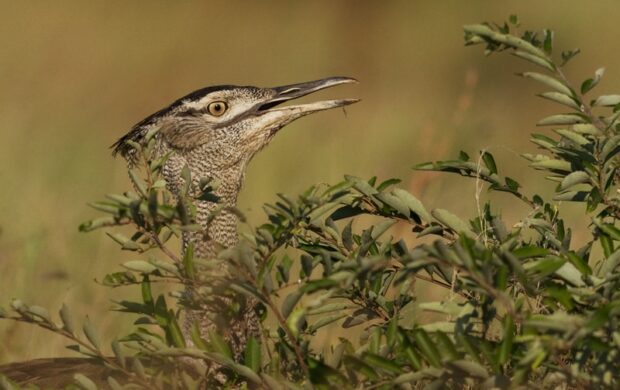

Join discussion